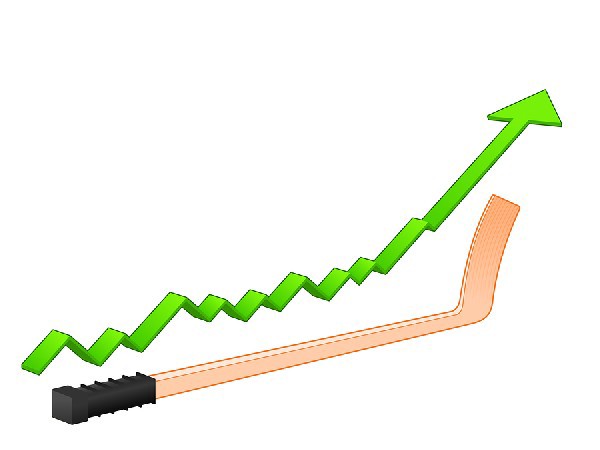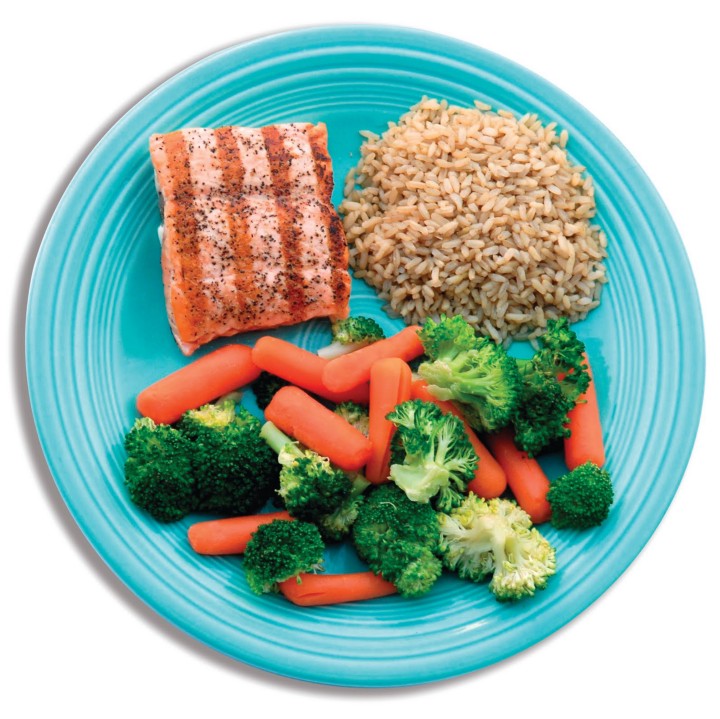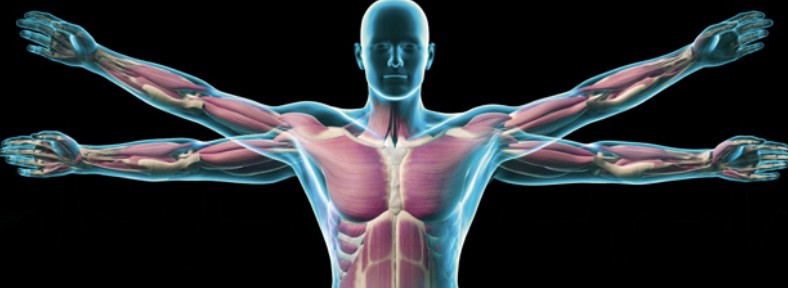How Many Days A Week Should I Workout?
I’m often asked, “How many times a week should I be working out?” My first response to this, or any health or fitness question, is always “it depends.” Why? Because there are SO MANY variables involved that you can’t make a blanket statement for everyone. Let’s go through some of these variables and then I’ll give you my no-BS answer.
What does it depend on? Well, let’s see:
Here is a breakdown of the most important variables to consider when figuring how many days a week you should work out.
1. What are your GOALS?
2. How much time do you have?
3. How efficient or accustomed to working out are you?
4. How much sleep do you get?
5. What is your diet like?
6. How much intensity do you plan on expending?
7. What is your age range?
These are some of the main factors you have to consider before coming up with a goal of weekly attendance at your gym. What I want to do is give you a number to feel comfortable with and not feel bad that you should be there more, or less. Yes, believe me there is such a thing as TOO much gym, but only if you’re not getting the appropriate rest and rehab. So let’s figure out your weekly gym goals.
What Are Your Goals?
Are you training for the Olympics? You need to be training about 6 hours a day with one day of rest. Yes, that’s 36 hours a week of training. High level CrossFit athletes are training about 4 hours a day, six days a week.
Chances are, you are not Michael Phelps or Rich Froning, so think about what your purpose for working out is. Are you trying to get lean or are you trying to get stronger? Or do you just want to maintain?
There are a couple of “standards” set by respectable organizations. The Center for Disease Control and Prevention states that you should get 30 minutes of aerobic exercise at least 5 days a week. The American College of Sports Medicine (ACSM) states that you should get 150 minutes of moderate aerobic activity or 75 minutes of intense aerobic activity a week.
Here’s What I Say
1. If you’re looking to maintain, 3 days a week.
2. If you are looking to gain “some” strength and/or leanness, 4 days a week.
3. If you want to transform your body and put on good muscle mass, or increase your endurance and leanness significantly, increase to 5 days a week.
4. If you are planning to enter a competition or a race in the next 4–5 months, or if your body is accustomed to a lot of volume, you could even go with 6 days a week.
Choose one of those. That’s your base score. Now let’s add some additional factors such as those that I listed earlier.

How Much Time Do You Have?
Are you trying to start a business? (Good luck finding any free time at all). Or do you work a steady schedule and have the freedom to come into the gym regularly? Do you have family? Do you have a busy social calendar?
All of these are factors that will affect our ability to work out. Don’t feel bad — it happens to all of us. But, that doesn’t mean frequent interruptions should become an excuse for missing workouts. People with busy and/or unpredictable schedules need to create a plan that will allow you even half an hour of working out on your busiest days. Be realistic when you are considering a workout schedule, and try to stick to it as much as possible.
As we know, working out relieves stress — so those of you who are the busiest and most stressful are the ones who need to find a way to go for that run or make it to the gym, even for a half hour at a time.
How Efficient Are You?
All I need for a good workout is 25 minutes max. Why? Because I know what to do and how I need to do it in order to have an effective workout. Most of you aren’t trainers by profession, so you aren’t expected to become experts at creating perfect workouts for yourself. However, there are some ways to become more efficient with the time you have allotted yourself for a workout.
>> Check out my blog on
How To Create A Full Body Workout
As you become more independent and accustomed to your workout regime, the successes you feel and see will increase dramatically.
I think this is a good time to talk about my “Hockey Stick” analogy. The “hockey stick” is a reference to the shape of a graph often used in analyzing financial growth of businesses. The same concept can be transferred to cultural phenomena as well — when the world is introduced to a new product or trend, there is often a gradual increase in popularity until there is a pivotal point where there is mass approval and acceptance of the product increases dramatically.

Two examples that come to my mind are Keurig coffee machines and CrossFit. Think about it — they gradually gained acceptance and then once a certain level of interest was hit, their popularity took off. To me, the increase in people’s success in reaching their fitness goals can be shown on this curve too.
Here’s How It Typically Goes …
1. You start out with a small amount of knowledge of fitness or training. Your workouts are productive, but maybe not as strenuous as they could be.
2. Your brain starts to understand how your muscles work and you become more comfortable with the exercises.
3. You start to lift heavier weight and work out with a little more intensity, thus burning more calories and seeing more results. Watch out…Hockey Stick Increase!!!!
4. You are now a calorie burning, strength wielding, cardio running beast that can do an incredible amount of work in a short period of time.
What is the significance of this? This is most likely how your progress will be. You just keep plodding along until one day everything seems to come together and you’re progressing at a much faster rate.
What Is Your Diet Like?

You need to consume a protein-enriched diet that both gives you energy to work out, and also repairs your muscles after a workout. An average woman needs to eat about 2000 calories per day to maintain, and 1500 calories to lose one pound of weight per week. An average man needs 2500 calories to maintain, and 2000 to lose one pound of weight per week. This could be a blog in itself. Depending on your goals, the main things to consider are “calories in” vs. “calories burned”. Always. I don’t like extreme dieting at all. You have to maintain a diet that is sustainable and realistic for your lifestyle — not for just a week, not for just a day. Often, the superficial changes people see in these short-term, extreme diets are due to loss of water weight rather than true body/muscle transformation.
How Much Sleep Do You Get?
Your body needs to sleep in order to get the most out of your workouts! According to the Annals of Internal Medicine, if you get less than seven hours of sleep per night, this can reduce and even undo the benefits of dieting. Not only does your body need sleep to recover and build muscle, but we all know how difficult it can be to get yourself to the gym let alone endure a strenuous workout when we are exhausted from a sleepless night.
In one study, dieters were put on different sleep schedules.
When their bodies received adequate rest (approximately 8 hours), half of the weight they lost was from fat. However, when they cut back on their hours of sleep, the amount of fat lost was cut in half — even though they were on the same diet as those in the other group. They also felt hungrier and lacked energy to exercise. Overall, the sleep deprived diet group experienced a 55% reduction in fat loss compared to their well-rested counterparts.
How Hard Do You Workout?

Honestly, some people want to push it and some people don’t. No big deal! Some people who were extremely active athletes in the past just don’t choose to push it as hard now — this may be for any variety of reasons. But listen, your body is only going to change as much as you make it. Set your goals and create a lifestyle that will help you reach them. If your goal is to lose 20 pounds, I can guarantee you that you won’t reach that goal by going to the gym twice a week and going out drinking with your buddies four times a week. It doesn’t matter if you are looking to become leaner, gain muscle mass, or train for an athletic competition — you will only achieve the results of the work you put in. Quite honestly, I think that the answer to this question is simple: Your goal should be to crush every workout that comes your way. If all you’re going to do for your workout today is run 5k, then run that 5k as fast as you can. If you only have half an hour to lift some weight, then don’t sit there and play with your phone between sets. Approach every workout with 100% determination and effort, walk away from them feeling like you accomplished something, and know that “no matter how slow you go, you’re still lapping everybody on the couch.”
Age?
I’ll use myself as an example here. I can still hang with the youngsters when it comes to most types of athletics, such as CrossFit, triathlons, jiu jistu, etc. But there is no way I can recover like them. My back doesn’t handle heavy weight as well as it used to, so I have to think about that when deciding on what weights to lift as well as how to help my body recover post-workout. You have to take into consideration how old your body is, not how old your mind is. Kudos to you if you have the energy, spirit, and stamina that makes you want to participate in crazy activities like doing high-volume deadlifts or Olympic weightlifting alongside people in their 20’s. Just take a moment to think about whether or not your body should be being put through that strain. There is a reason why they have a Masters division for almost every sport. Believe me, I have to remind myself of this every day.
OK. No bullshit. Who the hell knows how many days are good for you? I actually can’t give you all a one-size-fits-all answer. The only way you can find out is try. If you want to get in really good shape, put the work in by incorporating healthy diets and increasingly strenuous workout routines into your lives.
If your body is saying, “Holy shit, I’m tired” then you should take a rest! If you just want to maintain your current physique and athletic abilities, come into the gym and do some work here and there. There’s NOTHING wrong with that. Chances are, as you reflect on your last few weeks of workouts, you will hear your body will say,
“Hey bud, I think I can handle more, let’s roll.”
And then as you continue to kick a little more ass, you’ll probably get the “chill the heck out” message from your body.
Regarding all of the variables I mentioned here, check out The Power of Habit, by Charles Duhigg. This book gives you a number of stories about people who achieved success by focusing on the patterns that shape every aspect of their lives. The lesson you learn from this book is paramount to learning how to reach your fitness goal: “The key to exercising regularly, losing weight, raising exceptional children, becoming more productive, building revolutionary companies and social movements, and achieving success is understanding how habits work.” In other words, habits aren’t destiny. In order to become successful at losing weight, becoming more athletic, or even transforming your body into one that makes you the most proud, you need to work at forming the right habits. Duhigg calls fitness a keystone habit — one that has the power to transform your life. This keystone habit is linked hand-in-hand with another good habit — good nutrition. So, eat healthy, get the fitness right, find your magic number of times to train each week, and you’ll be off and crushing it.







Responses